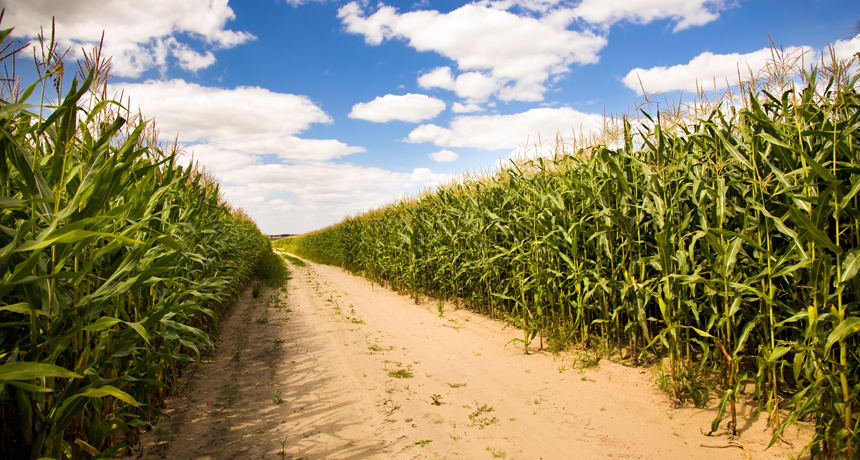Fertilizer produces far more greenhouse gas than expected
Farmers’ overuse of nitrogenous additives may explain puzzling emissions

ENRICHED EMISSIONS Extra nitrogen-based fertilizer on crops such as corn could lead to more emissions of nitrous oxide, a potent greenhouse gas, than scientists have estimated.
rsooll/Shutterstock